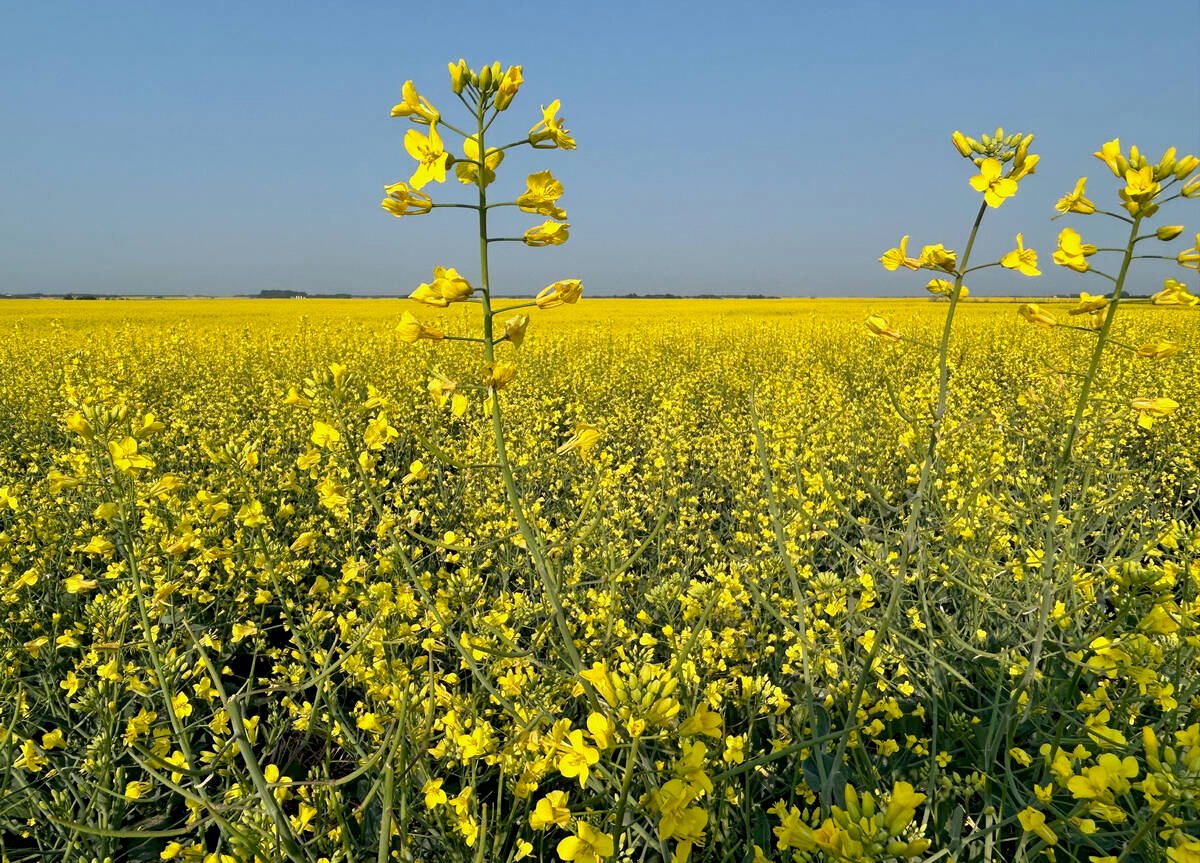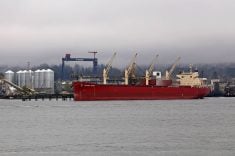A quick glance at the radar on Lloyd Fehr’s office computer screen tells him all he needs to know.
It’s time to shut down spraying because storm clouds are rolling in from the northwest toward Rivers, Man.
The middle of May is a busy time for Fehr, branch manager of Redfern Farm Services in Rivers, because farmers all want crop inputs at the same time.
While it is another busy spring, it’s unlikely to be a profitable one at Redfern.
The retailer, like many others in Western Canada, bought fertilizer at record high prices in the fall and Fehr is selling product at substantially lower prices this spring.
Read Also

Record canola harvest expected
Anecdotal reports from agronomists, crop production advisors, landowners and grain industry reps, combined with provincial reports, indicates that canola yields could break the yield record set in 2016
“We were well positioned (to have enough supply), which in our case was not such a good thing … because we paid a high price to make sure we were in position,” he said.
“So that’s going to end up causing us some (financial) issues.”
According to U.S. Department of Agriculture data, fertilizer prices in Illinois are almost 100 percent lower than last September. For example, urea 46-0-0 was $927 US per short ton Sept. 18. By April 30 it was $428 per ton. Diammonium phosphate was $1,160 per ton Sept. 18 and $531 per ton by April 30.
Despite the price drop, Fehr said he’s feeling fortunate because his dealership had a good fall selling fertilizer. He estimates 80 percent of his sales were done before spring.
Regardless, the Redfern branch in Rivers is losing money on fertilizer sales this spring.
“We think we’re taking a big enough hit …. It’s uncomfortable.”
Dave Ranks, agro manager at the Melfort Co-op in Melfort, Sask., readily admits to taking a financial bath.
“We have to make the decision in July or August if we’re going to buy or not, and that’s when we’re being pushed to buy,” he said.
“Typically we anticipate for September, October sales. Then the market went all to hell. And when it did we were stuck holding the bag.”
Renkas said most farmers in the area refused to buy at the record prices, which meant Melfort Co-op ended up buying high and selling low this winter and spring.
Renkas estimated that 19 out of 20 dealers in Saskatchewan are in the same situation.
Two retailers in eastern Saskatchewan confirmed that they were taking a hit on sales this spring.
Renkas said it’s not a serious problem for the Melfort Co-op because it can rely on revenue from other sources.
“We’re pulling from different commodities. I’m dealing with fuel, I’m dealing with bins … other things than fertilizer.”
However, he said independent dealers that sell only fertilizer, chemical and seed may not survive the financial losses.
“The chem market, there’s not a whole lot of margin in it,” he said.
“It’s enough to keep cash flowing. (And) the seed market you might make a few dollars on.”
He said the profits are not substantial enough to make up for a huge loss in fertilizer.
“You take that fertilizer hit and if you ever got one or two bad accounts, it’d be game over.”

















